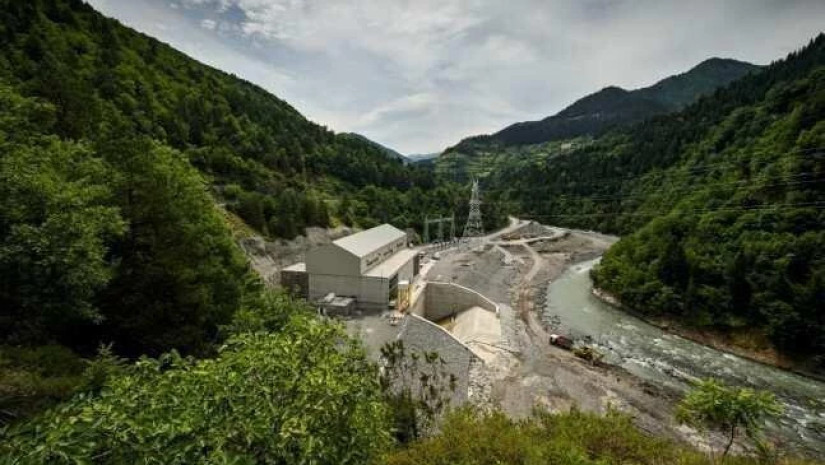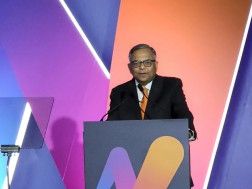Construction is nearly complete on the Shuakhevi Hydropower Plant (HPP), which will soon begin testing and commercial operation. Test operation at the 9 MW Skhalta HPP is planned for the end of November 2019. The main 178 MW Shuakhevi HPP will go into operation at 50% capacity at the beginning of 2020. Both plants will be fully operational by the spring of 2020.
“Construction has reached the final stage thanks to the tireless work of our international team of Engineers from UK, Georgia, Germany, India, Turkey, Austria, Spain, Brazil, Czech Republic and our local Georgian employees. Our team is doing its best to ensure that the Shuakhevi HPP is a safe and sustainable project, not only from technical standpoint, but also in terms of making a positive social and environmental impact.”
– Prashant Joshi, CEO of Adjaristsqali Georgia LLC, parent company of the Shuakhevi HPP.
The Shuakhevi HPP is being built in the Khulo and Shuakhevi municipalities of mountainous Adjara. This project is one of Georgia’s most important energy developments. It will increase domestic electricity production and decrease the country’s reliance on imported energy.
The start of operations is the culmination of years of work. The Shuakhevi HPP initially began commercial operation in 2017, but shortly after, structural failure in approximately 300 of the nearly 38000 meters of water diversion tunnels forced the project to postpone further operations until the damage had been repaired and additional testing and safety measures were put in place. According to the designer’s conclusions subsequent to investigations, the damage was on account of the reaction of the water on the surrounding geology resulting in an excessive overloading on the support structures.
In response, Adjaristsqali Georgia LLC (AGL), the project’s parent company, launched a comprehensive investigation and testing program. The tunnels were remapped in detail based on thorough geological testing of over 1,000 samples. Based on this research, AGL created a comprehensive “Phase 2” rock support strategy. Experts from around the world were involved in reviewing the methodology. AGL engaged the expertise of 3G Austria and Professor Luiz DeMello of the University of São Paulo. The project’s engineering contractor Mott MacDonald enlisted Germany’s Zeidler Associates to assist in investigation and design. The Lahmeyer Group (now Tractebel) in their capacity as the Lender’s Engineer provided further oversight of the investigations and the design of additional rock supports. AGL also brought on board Peter Pitts, one of the world’s leading tunnel engineers, as project director.
“Construction activities in the Shuakhevi Tunnels have been an ongoing success. The Shuakhevi HPP will be able to operate in complete safety for decades and will play a key role in helping Georgia achieve energy independence,"– Peter Pitts, Shuakhevi HPP Project Director
Since 2014, AGL has been one of the country’s largest investors and has created numerous jobs for the residents of Adjara. The company is a strong believer in corporate social responsibility in Georgia’s energy sector. It has sponsored and implemented a wide variety of educational, infrastructure, and social projects tailored to the needs of local residents and designed to support local communities.
“Utilizing Georgia’s renewable energy resources is very important for the energy security of our country. Together with other hydropower projects, as well as wind and solar power stations, the Shuakhevi HPP will help Georgia build an integrated energy system, enhance the stability of that system, and increase the overall domestic production of electricity. At the same time, we find it very important that every project be implemented to high technical, environmental, and social standards.”
– Giorgi Chikovani, CEO of the Georgian Energy Development Fund.
AGL and the Shuakhevi HPP are co-owned by Norway’s Clean Energy Invest, India’s Tata Power, and the International Finance Corporation (IFC), a member of the World Bank Group. The Shuakhevi HPP is the only project in Georgia’s energy sector funded together by the European Bank for Reconstruction and Development, the Asian Development Bank, and the IFC.















